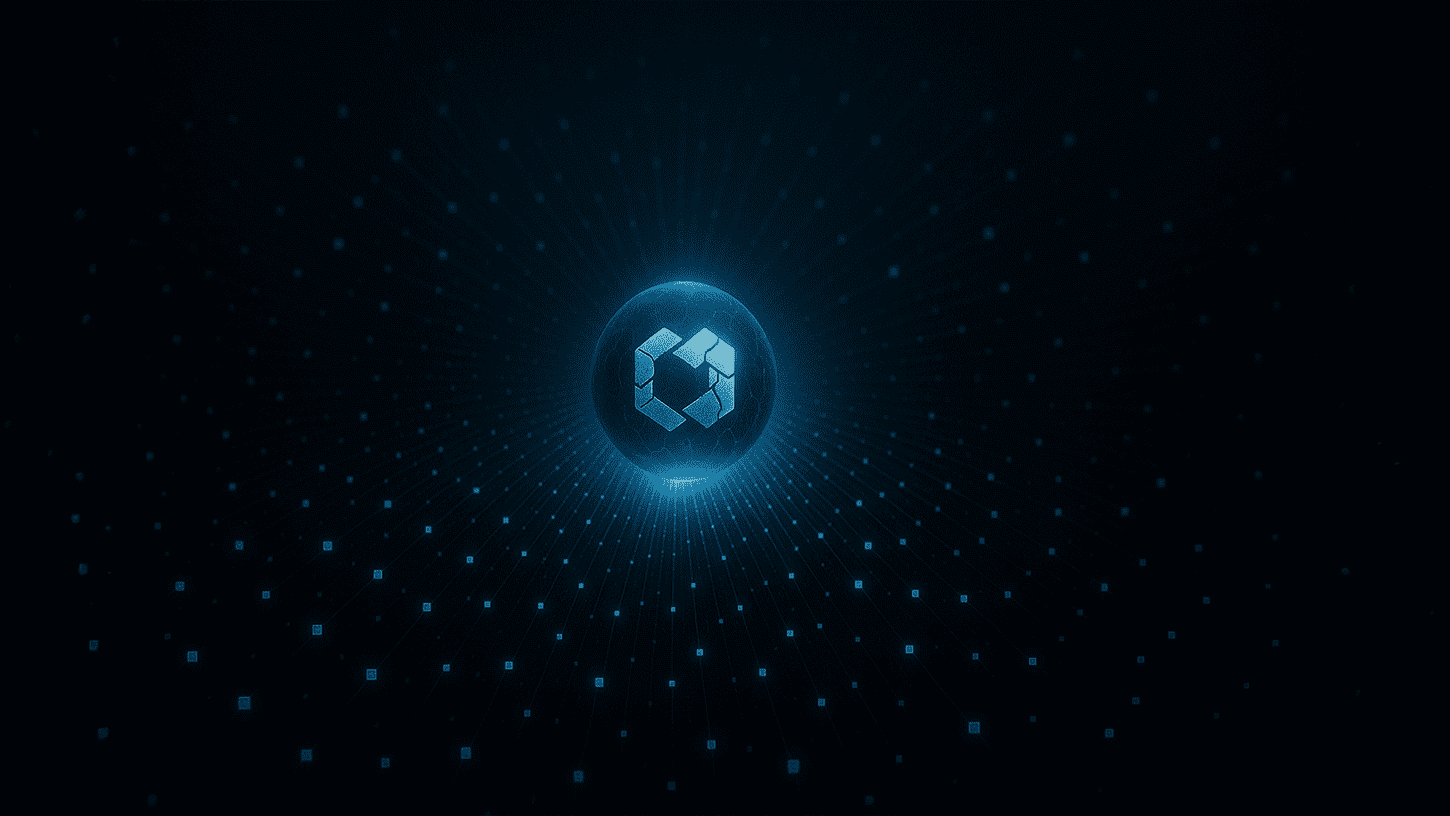From Silicon to Cells: Inside the Rise of the World’s First Living Computer

The race to make Artificial Intelligence faster and more efficient has pushed computing to its physical limits. As AI models become increasingly complex, the global demand for computing power and the electricity that powers it, has become almost insatiable.
What if the next leap in computing didn’t come from silicon chips, transistors, or quantum processors, but from living human brain cells?
A pioneering Swiss startup named FinalSpark believes it has found the key to that future. Its creation, dubbed the world’s first “living computer”, uses clusters of real human neurons to process information, marking the birth of what scientists are calling wetware or biocomputing.
The Birth of Wetware
For decades, engineers have tried to replicate the human brain’s efficiency in machines. Artificial neural networks, the foundation of modern AI, are inspired by biology but remain significantly less efficient compared to their natural counterparts.
Dr. Fred Jordan, co-founder of FinalSpark, decided to flip that logic:
“Instead of mimicking the brain with silicon,” he said, “why not use the real thing?”
FinalSpark’s approach is as radical as it is elegant. The company grows mini-brains, or organoids, made from human skin cells that are reprogrammed into stem cells and developed into neurons. Each organoid, about the size of a fruit fly’s brain, contains roughly 10,000 living neurons, capable of transmitting electrical signals, learning from stimuli, and even forming primitive networks.
These organoids are suspended in a nutrient solution and connected to electrodes. When scientists send electrical pulses through them, the neurons react with activity spikes, the biological equivalent of ones and zeros in traditional computing.
A Million-Fold Efficiency Advantage
The driving force behind this innovation is efficiency.
According to Dr. Jordan, biological neurons are one million times more energy-efficient than artificial ones. A single neuron consumes just a fraction of the energy needed by a transistor to perform a comparable operation.
This staggering efficiency could eventually transform the environmental footprint of AI. Data centers, the backbone of our digital world, currently consume nearly 2% of global electricity and trillions of liters of water annually. Wetware computing, by contrast, promises computation that is self-organizing, self-healing, and drastically less power-intensive.
In theory, a data center powered by living neurons could accomplish what today’s supercomputers do, using a fraction of the energy.
Learning Through Dopamine
What makes biocomputers truly fascinating isn’t just that they can compute; it’s that they can learn.
In experiments, researchers have “trained” these neural clusters by sending repetitive signals and rewarding correct responses with tiny doses of dopamine, the brain’s natural “pleasure” chemical.
The result? Mini-brains that begin to adapt and improve performance over time, mimicking the reinforcement learning that powers human behavior. It’s the closest thing yet to teaching living tissue to think computationally.
Collaboration and Early Adoption
FinalSpark has opened its technology to researchers worldwide.
So far, 10 universities across multiple countries have joined the effort to explore the potential of living processors.
Elsewhere, Australian startup Cortical Labs made headlines after training brain cells to play the classic video game Pong. Meanwhile, scientists at Johns Hopkins University are using similar organoid systems to model neurological disorders like Alzheimer’s and autism, potentially replacing animal testing with more accurate human-based models.
Ethical Boundaries and Technical Challenges
While the possibilities sound straight out of science fiction, the technology faces serious hurdles, both biological and ethical.
For one, organoids have no blood vessels, meaning they can only survive for a few months before their neurons begin to degrade. They must also be kept alive in highly controlled environments, fed constantly with nutrient solutions, and cannot simply be rebooted like digital machines.
On the ethical front, FinalSpark insists its organoids do not possess consciousness. They lack the structural complexity, sensory systems, and pain receptors required for subjective experience. Still, the company works closely with bioethicists to ensure that as the technology evolves, so do the frameworks that govern its use.
Dr. Lena Smirnova from Johns Hopkins University believes wetware computing will complement, not replace, silicon in the near future:
“It’s not about building a thinking machine — it’s about expanding what we can do with living systems.”
A Glimpse Into the Future
The long-term vision for wetware computing is breathtaking. Imagine data centers powered by living neurons, capable of learning and adapting in real time without draining vast electrical grids.
In such a world, artificial intelligence could evolve within biological substrates, blending the efficiency of nature with the precision of engineering. While this future is still years away, FinalSpark’s prototype has opened the door to a new paradigm, one where computation isn’t just mechanical, but alive.
As the age of silicon slowly meets its biological successor, one thing is clear:
the next revolution in computing may not be coded, it may be cultured.






